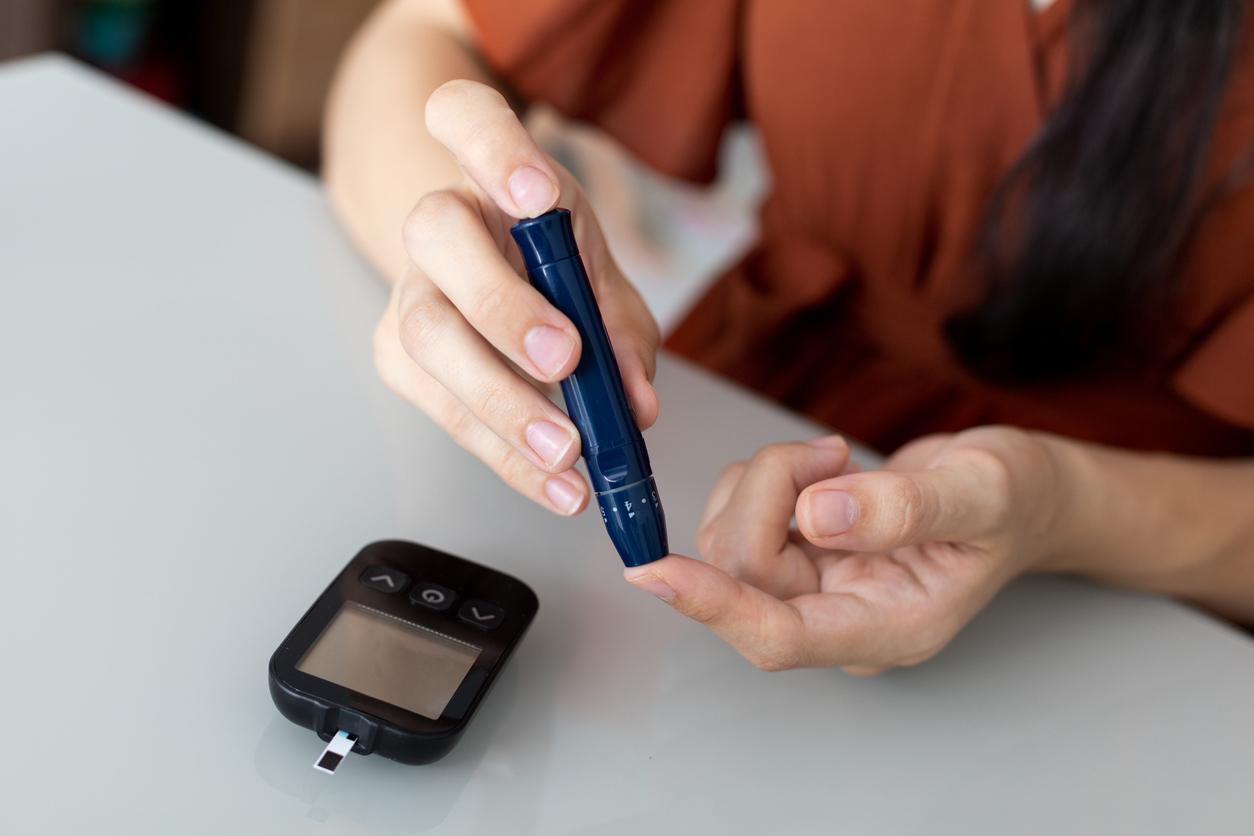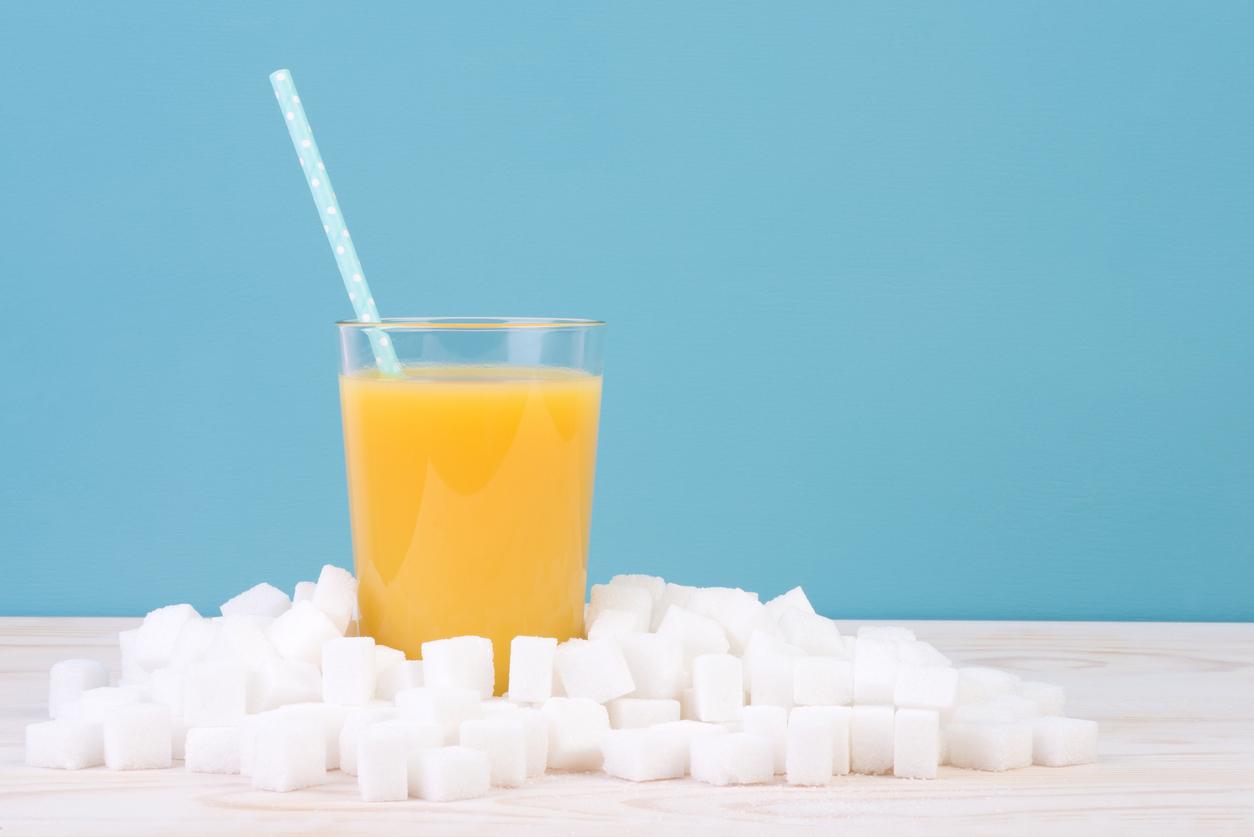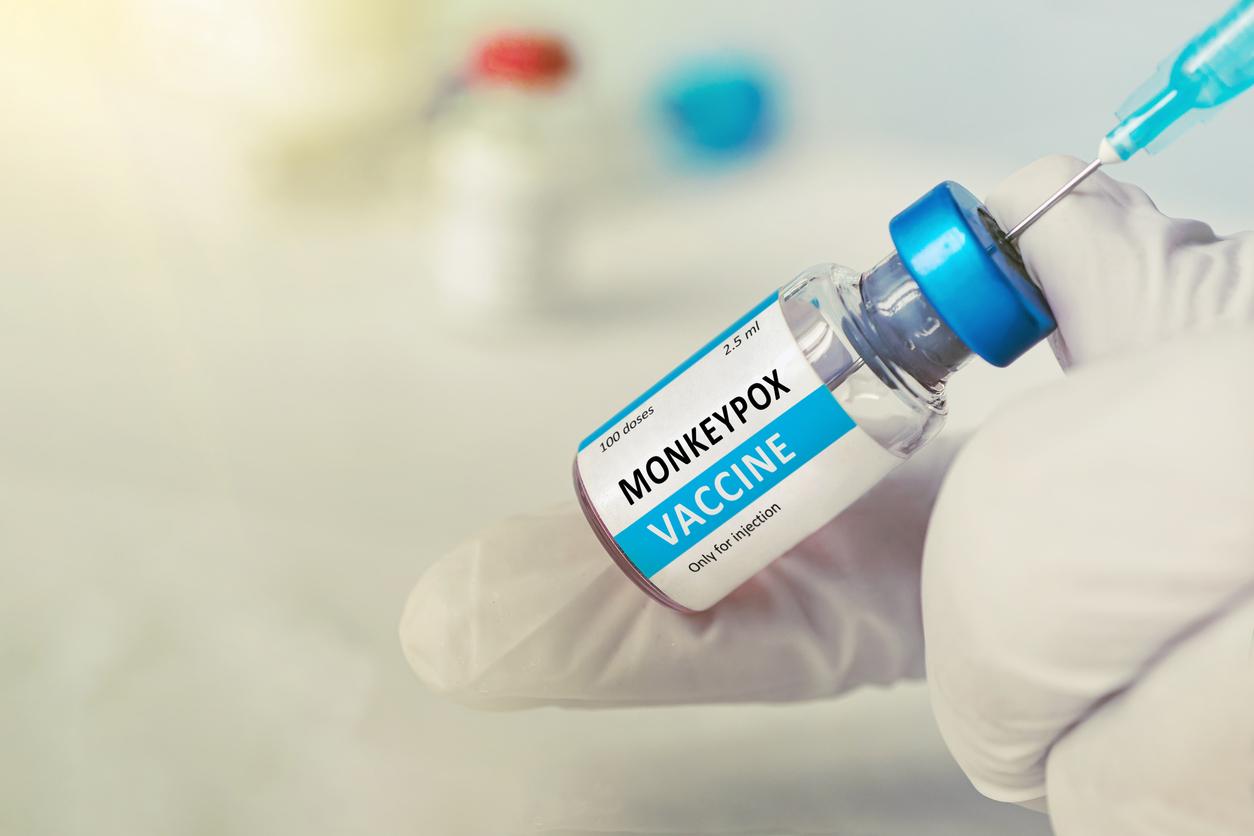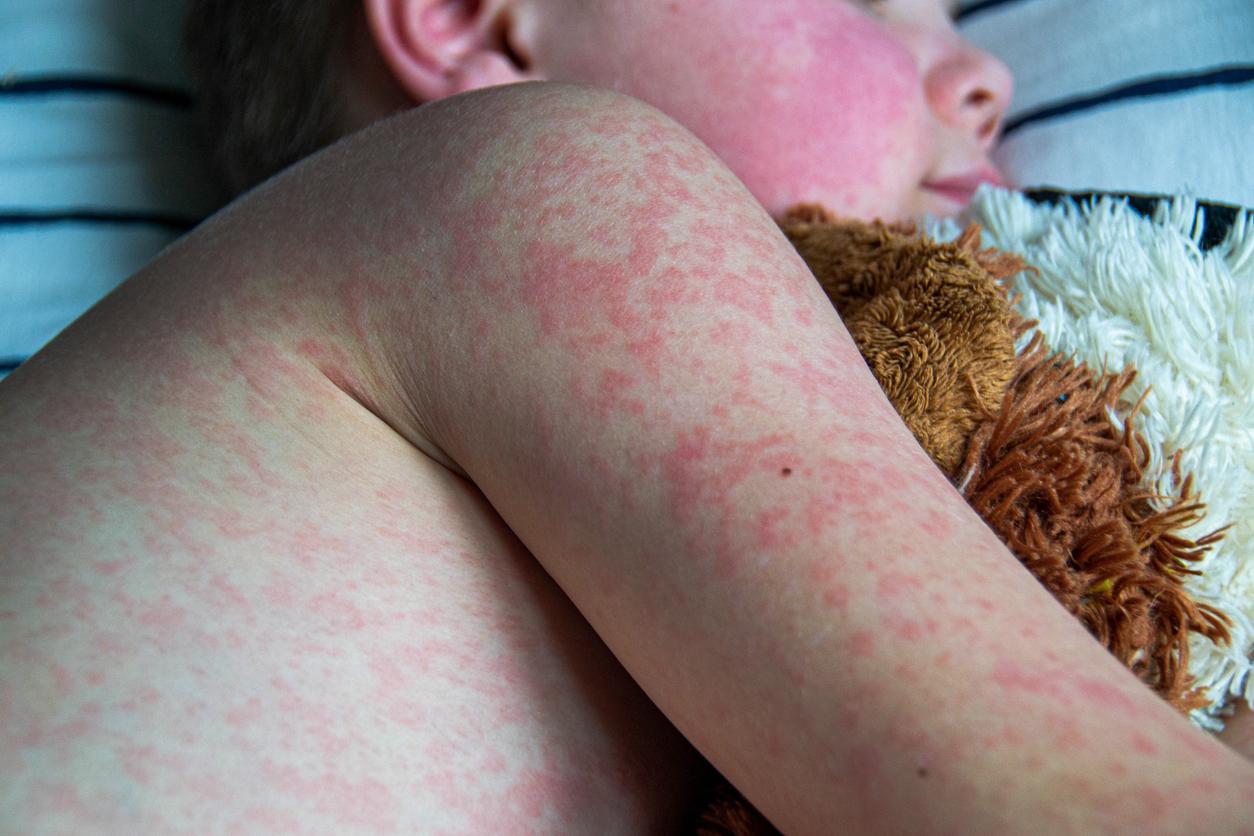The recommendations of the World Health Organization on the intake of sugars could be revised downwards. The goal could be to halve consumption.

The war on sugar has only just begun. The global consumption recommendations, issued in 2002, could still evolve. From March 5 to 31, the World Health Organization (WHO) is launching a public consultation on its draft guidelines on sugar intake. The ultimate objective: to halve the consumption of sugar in the world.
All sugars are targeted
The WHO currently recommends that the intake of sugars does not exceed 10% of the total energy intake. Its draft guidelines want to cut it in half. Concretely, it should not exceed 6 teaspoons of sugar per day, or 25 grams. This concerns all sugars, and therefore those also contained in fruits: monosaccharides (glucose, fructose) and disaccharides (table sugar), naturally present or added.
Consumers such as manufacturers and cooks are targeted by the project. Indeed, reports the WHO, most of the sugars consumed every day come from processed foods. A dose of ketchup thus contains 1 teaspoon of sugar, a can of soda 10.
Studies in favor of a decrease
Why question these recommendations that have been in place for 10 years? WHO is based on two studies. One appeared in January 2013 in the British Medical Journal. It demonstrates an association between reduced sugar intake and weight loss, as well as the opposite. Consumption of sugary drinks is also associated with a halving of the risk of obesity. The other study, published in the Journal of Dental Research last January, observed the impact of the WHO recommendations on dental health. In the vast majority of participants, low sugar intake is associated with good dental health. If the improvement is moderate when the 10% is respected, it is significant when the threshold is lowered to 5% of sugar intake.
.















